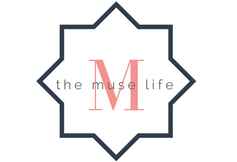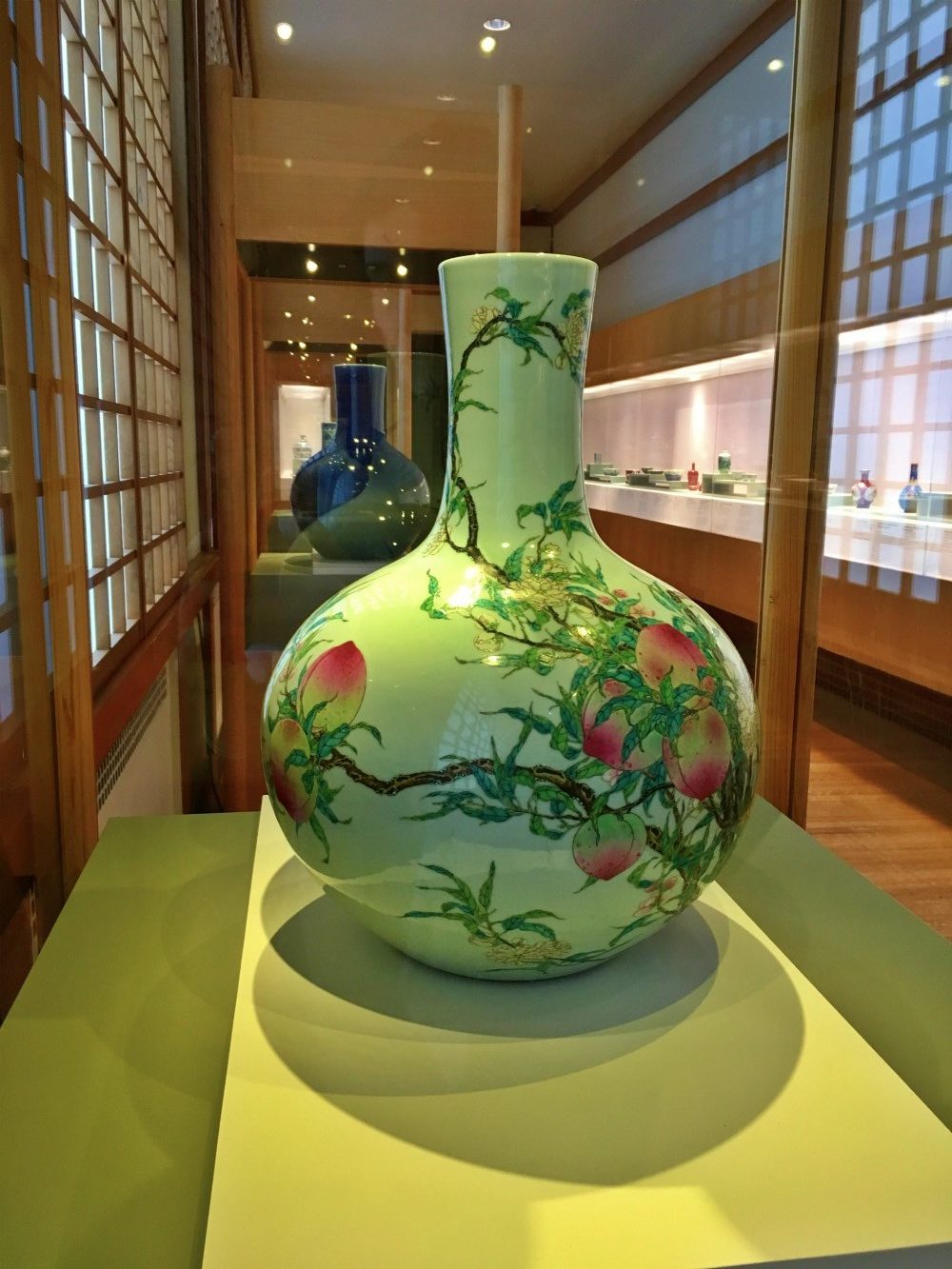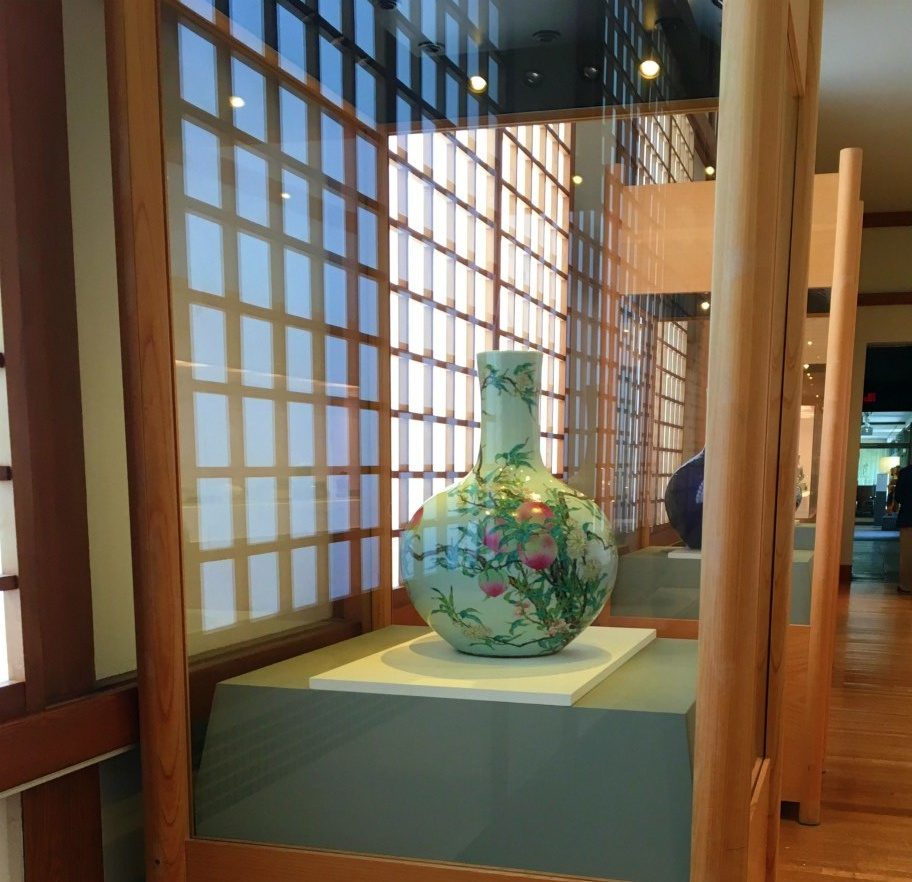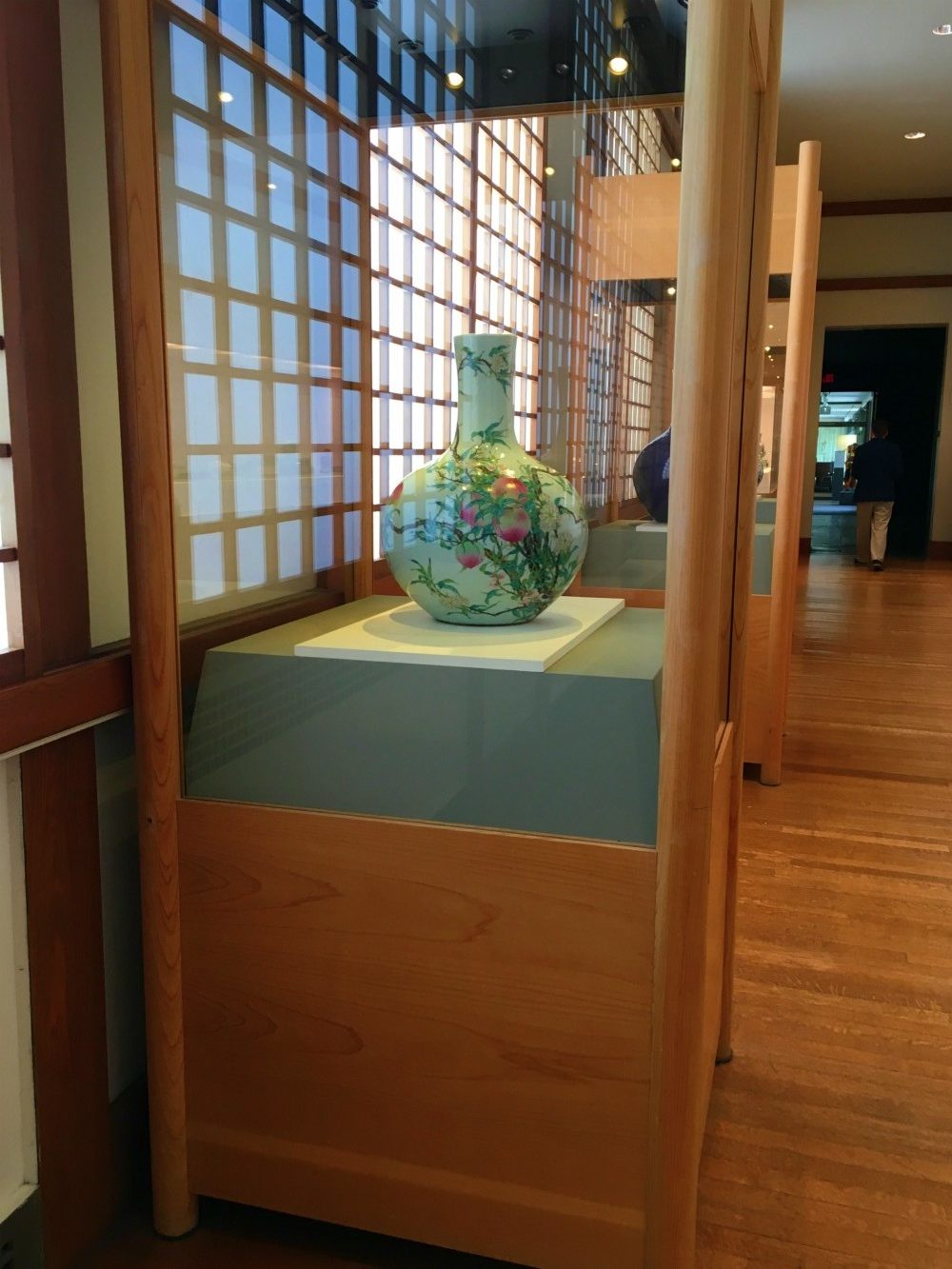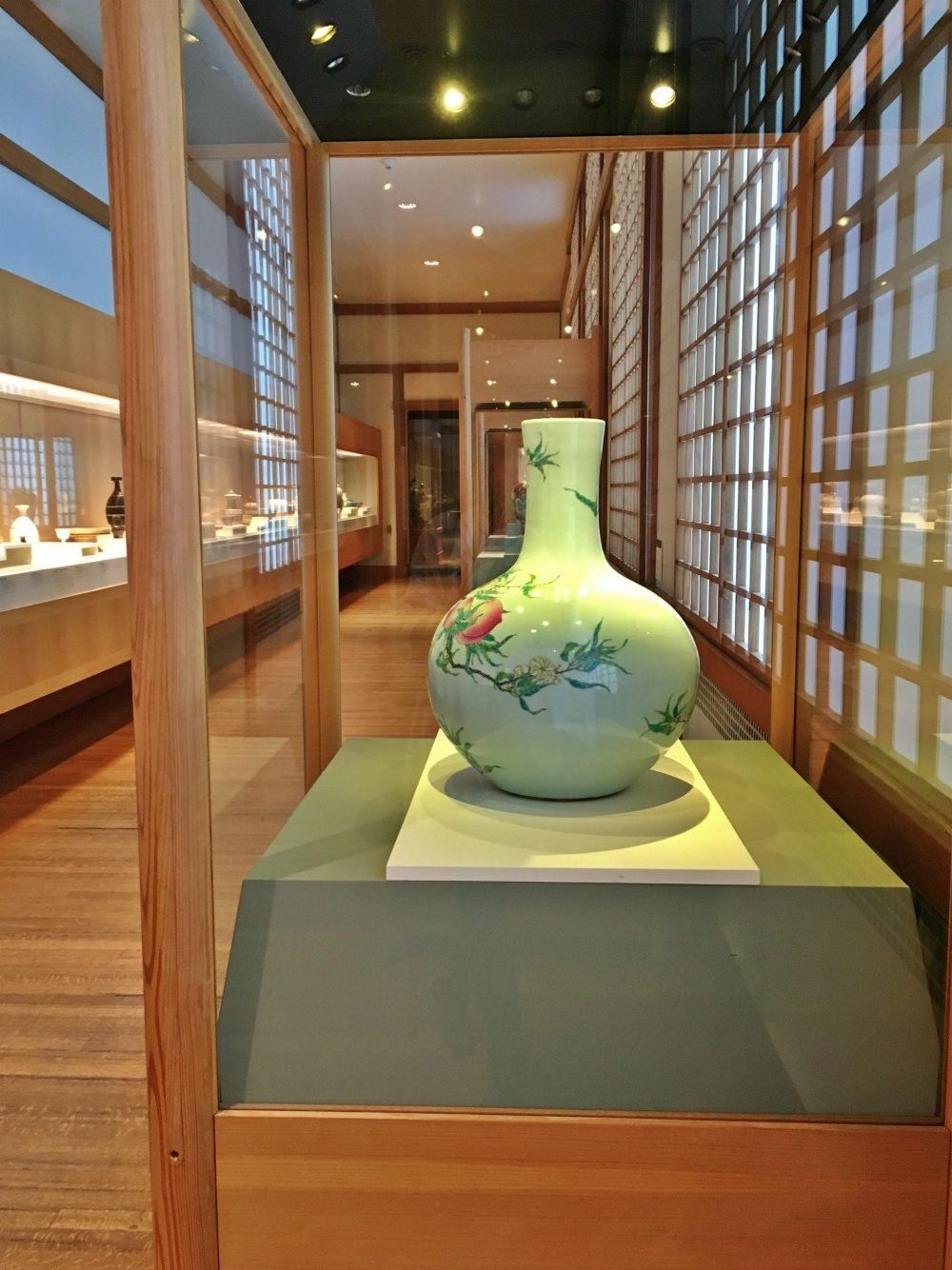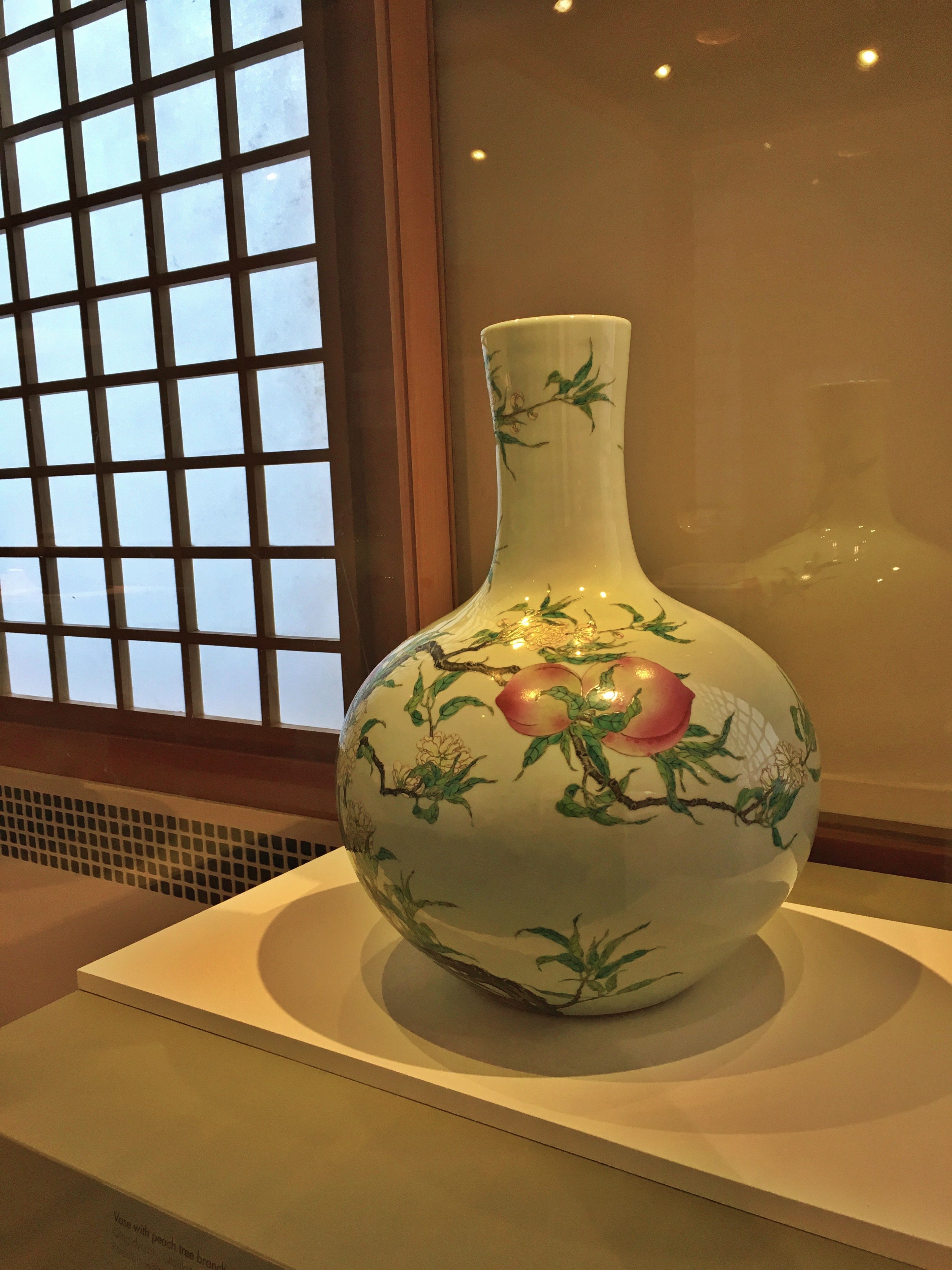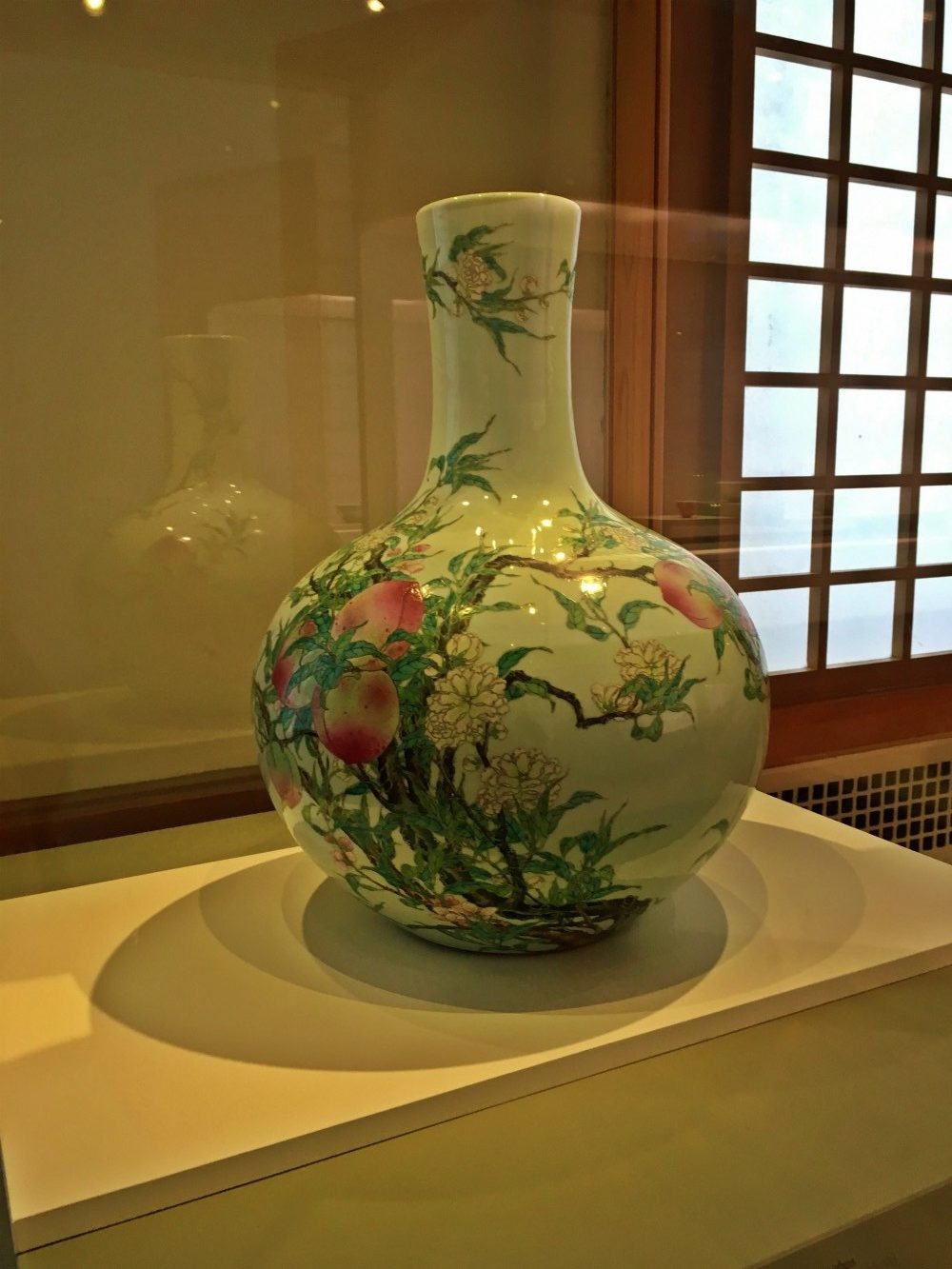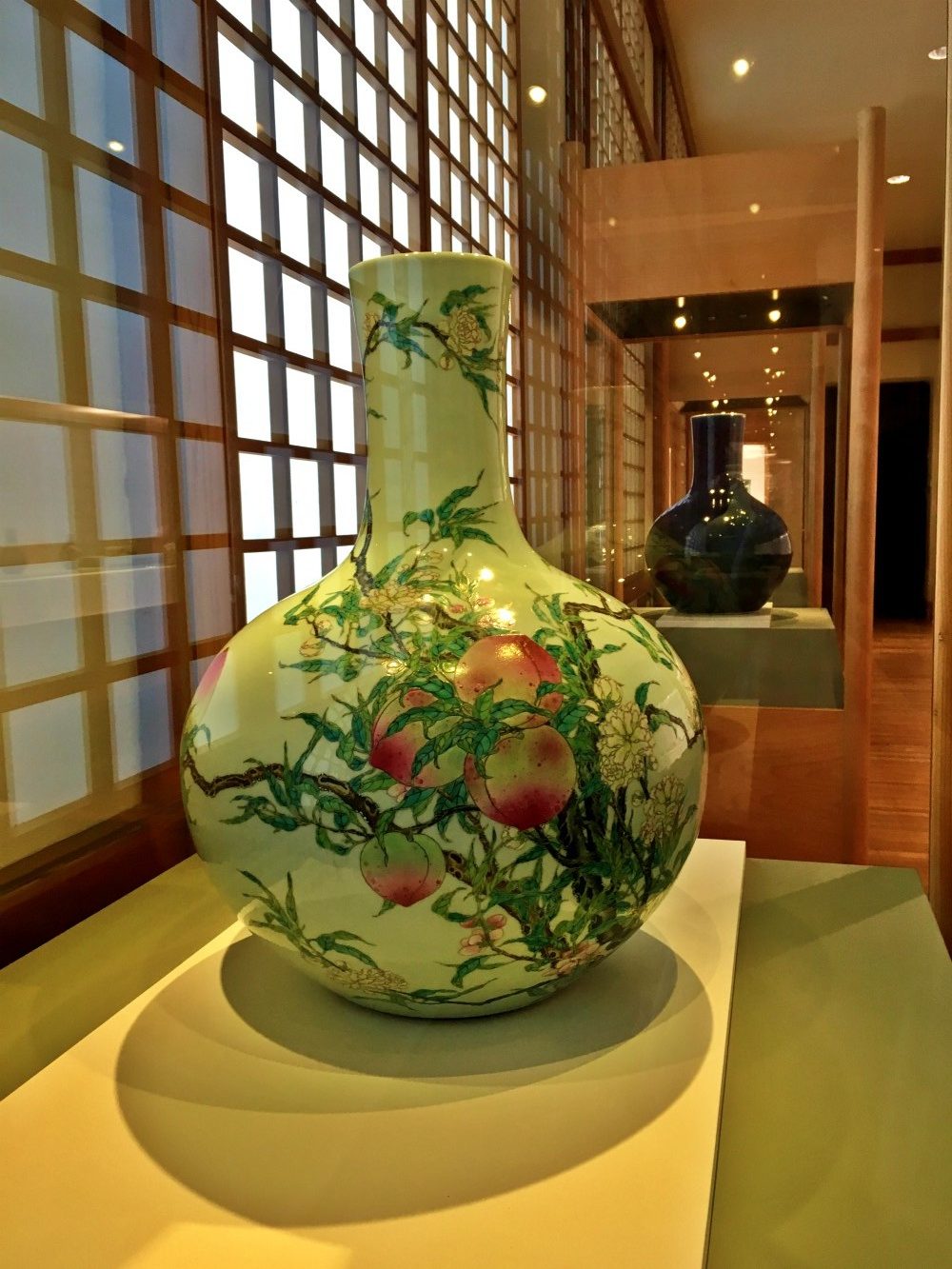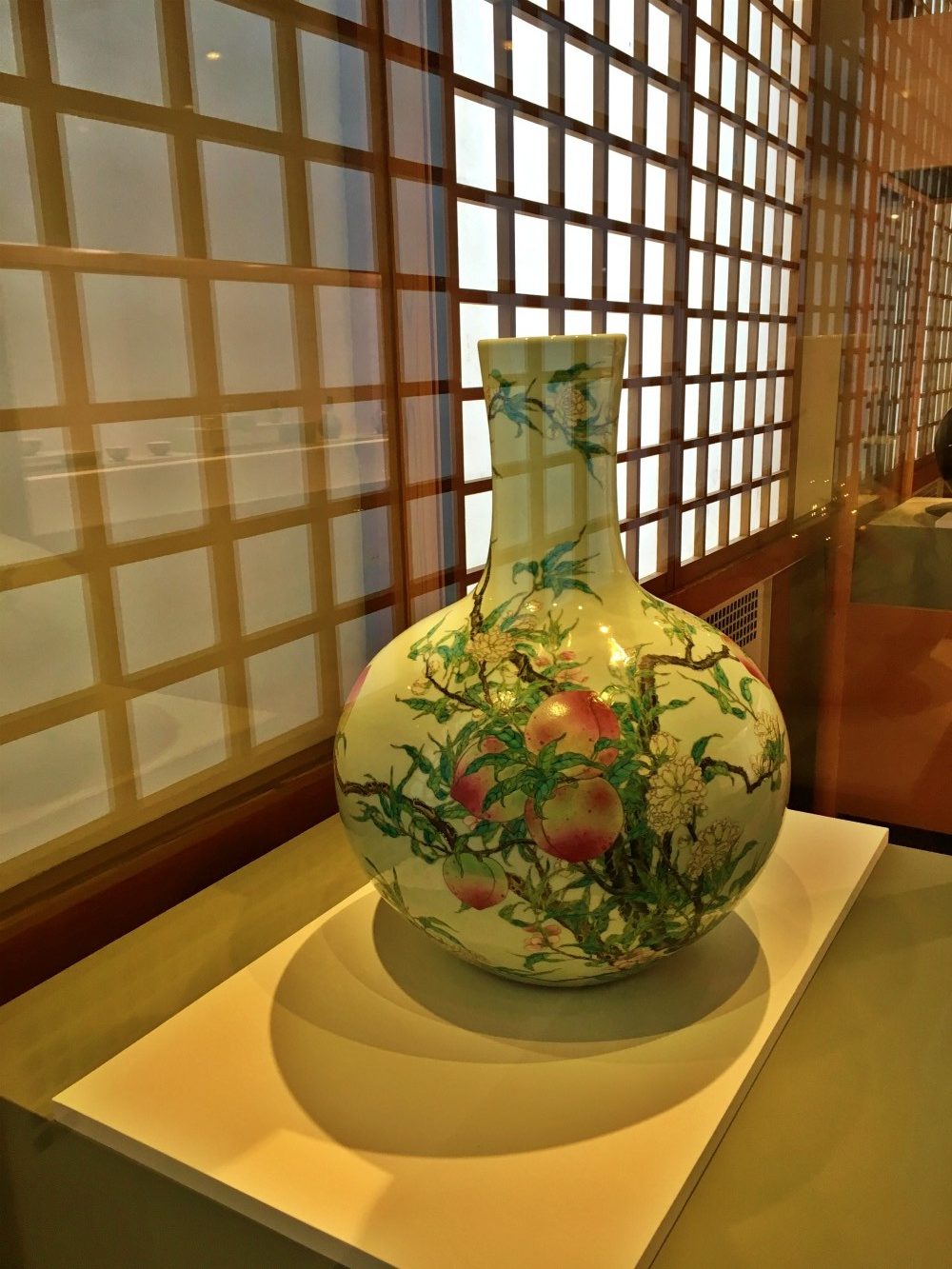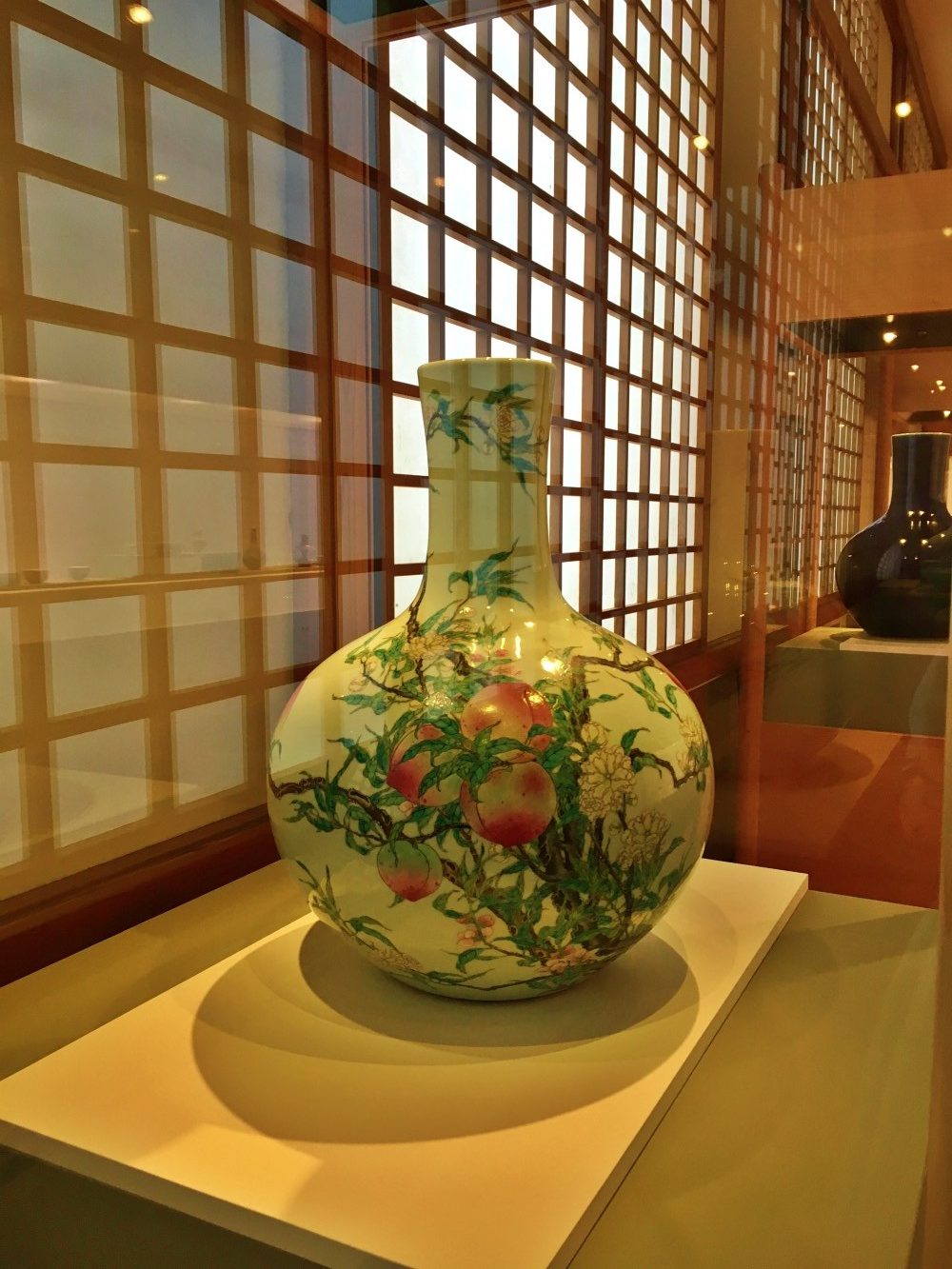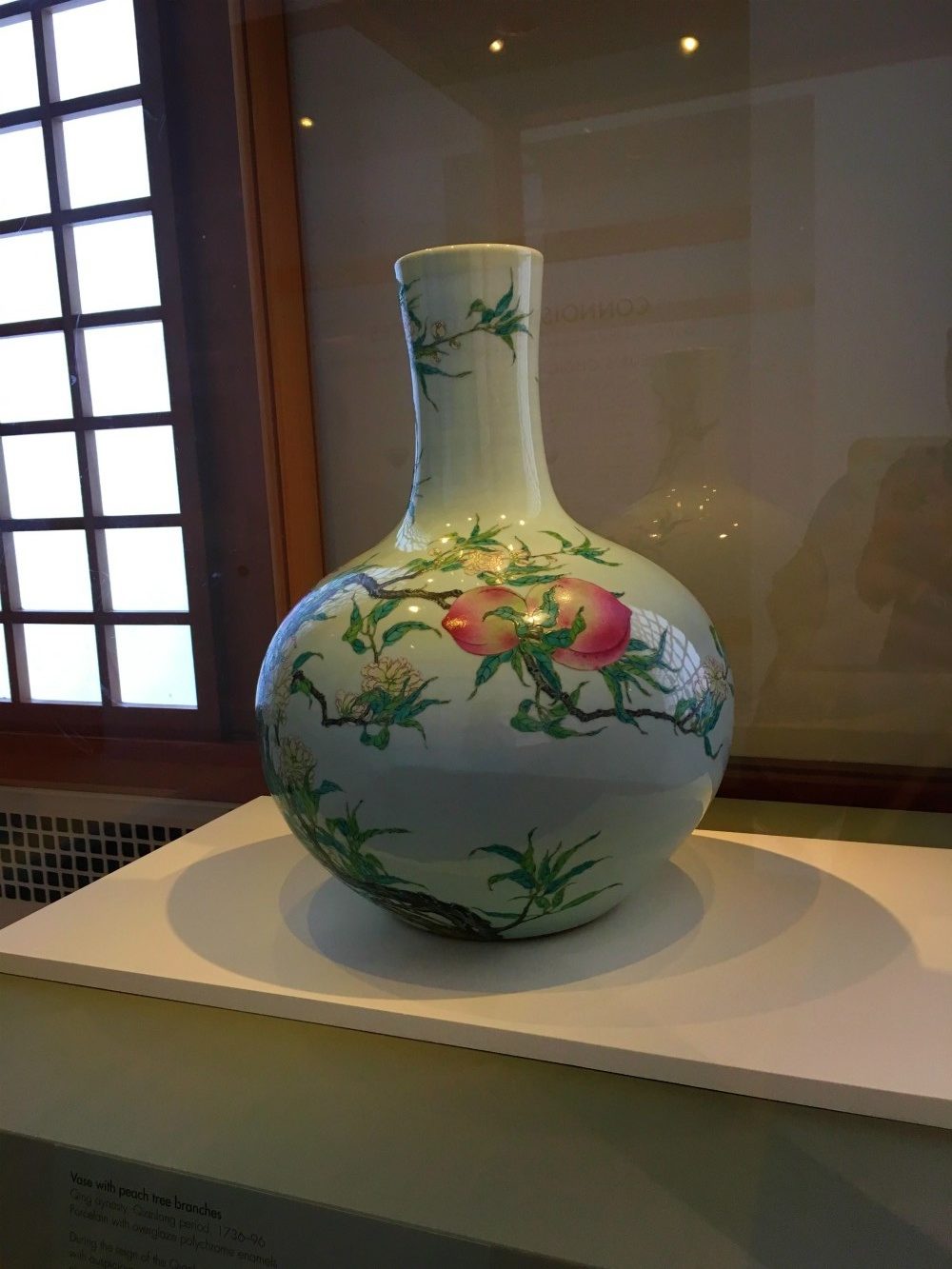When I visit the MFA Boston I usually end my time there by walking through the Ancient Asian galleries.
I find a lot of practices in Asian art calming, and saving this area of the museum for last is a bit meditative before heading back out into bustling Boston.
Of course, I find many of the individual pieces absolutely stunning as well — with details that never cease to amaze me at their intricacy.
Part of my interest may also stem from one of the last art history classes I took, an Ancient Asian art course that was taught by a professor who had not only lived in various parts of Asia for a fair bit of her life, but who also worked on important excavations that taught us much of what we now know about their culture and traditions.
It seems like everything was steeped in tradition for ancient civilizations, and to be fair, these rituals and patterns probably enabled the Asian cultures to become so educated and powerful.
On a recent trip, I walked down a gallery filled with seemingly more "every day" objects, and I fell in love with this lovely vase.
Believe me, I would have taken it home with me if that had been an option!
Vase with peach tree branches dates back to the Qianlong period of the Qing dynasty of 1736-96.
So, this vase isn't exactly 'ancient,' but bear with me.
For millennia practically all objects that are decorated are done so with meaningful motifs — it's important to note that in Asian culture numbers and objects are extremely auspicious.
Decorated with nine peaches, this vase could have been a birthday gift as the peaches signify immortality.
We can guess that this would have been intended for a male, as odd numbers are associated with the yang, or male.
Furthermore, the number nine also points to the heavens and the emperor, so perhaps this was a gift given within the royal court.
Ancient Asian vessels likewise had important meanings, both from their shape and intended use and the design motifs.
While we don't have a clear understanding of where this vase was found, the location of an object is an extremely critical piece of information for understanding how the vessel was used.
In fact, we know so much about these objects because of their original location — some excavation sites have uncovered vessel shards from ceremonial smashing of vessels to warn off famine, infertility, and other maladies.
Thus, looking at a fairly contemporary vase, we can understand that the shape and designs of this peach vase are much more than just the artist's whim.
In fact, what's even more interesting about this particular vase is the time period it came from — China was no longer an uncharted territory and western techniques were increasingly used.
Pink enamel made by the Dutch had recently been introduced to the area and is used here, and the broad-shouldered nature of the vase was a new shape in use as well, the "Heavenly Globe" shape — emphasizing the immortality significance even more.
 For comparison, the vase above is roughly 300 years older — created during the Ming dynasty — and you can clearly see the differences in shape.
For comparison, the vase above is roughly 300 years older — created during the Ming dynasty — and you can clearly see the differences in shape.
